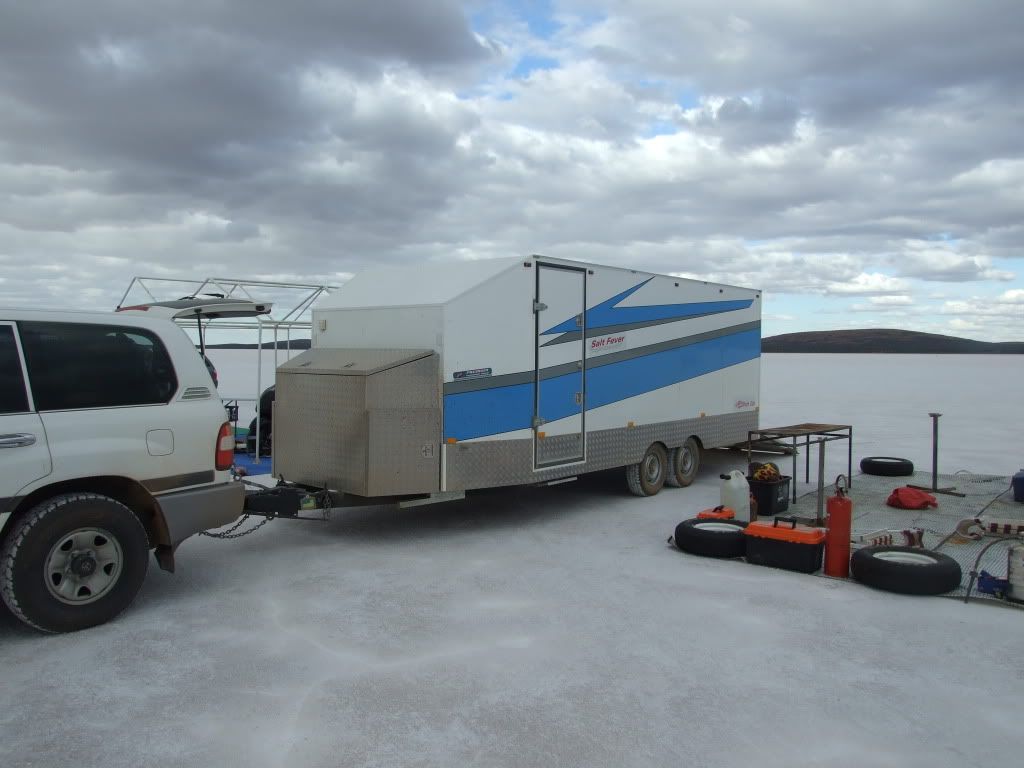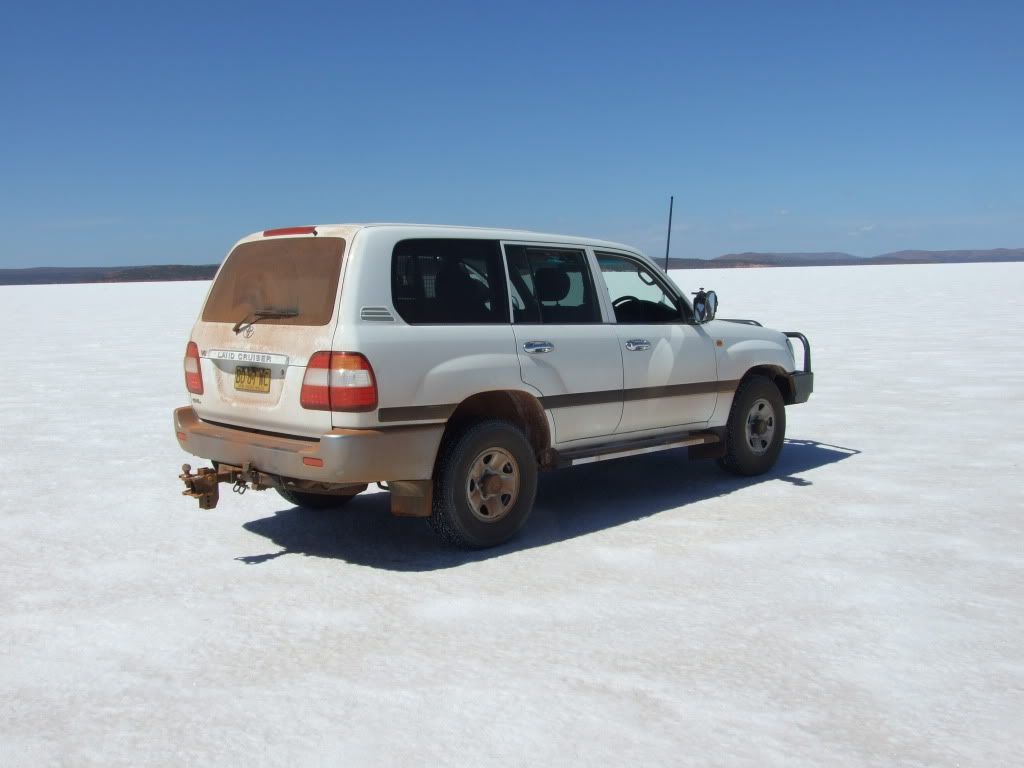As you can see on my rig, I've got a VERY long drawbar and the axles are set quite a way back. The water tanks sit in front of the axle group but with independent suspension and no solid surface that allows me to easily work underneath, I can't start looking at moving the water tanks further back. I would also like to bolt an additional tank under the rear.
I bit the bullet today and purchased a new Hayman Reese 275Kg WDH that doesn't have the silly knuckles.
I find that they do help, significantly. The van is generally quite stable behind the car, except when large trucks come alongside as you'd expect.
However, on loose surfaces without the WDH the steering on my car is far too light (because of the ball weight), hence the WDH and my desire to retain it. All of the advice I've ever received about the tow hitch is that the ball weight should be 10% of the towed mass - and on our single axle van, that was important because it was bloody unstable otherwise.
This double-axle van of ours is different - it's much more solid on the road. Once I can spend some time shifting weight under it, I will probably give it a try, reducing the ball weight to say 30-50Kg and taking it for a drive.






